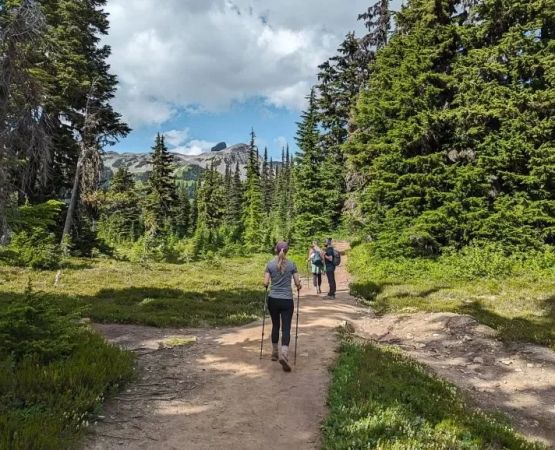- #understanding-weather-patterns-for-outdoor-planning - seasonal-changes - climate-awareness - safe-travel-decisions
- #importance-of-weather-forecasts - local-climate-differences - modern-tools-and-technology - planning-strategies
- #case-studies-and-real-experiences - outdoor-events - hiking-adventures - unexpected-weather-lessons
- #practical-tips-for-weather-planning - packing-smart - choosing-activities - managing-risks
- #professional-insights-and-pine-cliff-resort-resources - trusted-guides - service-recommendations - expert-advice
Understanding Weather Patterns for Outdoor Planning
Outdoor activities—from hiking and camping to hosting special events—rely heavily on a good understanding of weather conditions. By studying weather patterns, travelers and planners can make informed choices that ensure both safety and enjoyment. Learning how clouds, wind, pressure, and temperature shifts interact helps predict changes that might affect your day outdoors.
The Importance of Weather Forecasts in Outdoor Experiences
1) Why timing matters
Weather patterns determine not only comfort but also safety. A sunny afternoon can quickly shift to thunderstorms in many regions, and knowing how to read a forecast can save outdoor enthusiasts from unexpected risks. For example, in mountainous areas, rapid changes in air pressure often lead to sudden rain or fog that could drastically affect visibility.
2) Local climate differences
Even within the same country, climates vary dramatically. A coastal region may experience stable breezes while inland valleys might see extreme temperature fluctuations. Understanding these differences helps travelers adapt their plans to suit the local environment. This awareness often separates a stressful trip from a seamless one.
3) Technology that supports decision-making
With modern apps and forecasting tools, monitoring real-time weather data has become easier than ever. Platforms offering radar maps, satellite updates, and severe weather alerts can be lifesavers when planning outdoor events. A simple mobile check can determine whether your picnic continues under the sun or needs to move under shelter.
Case Studies and Real Experiences
One striking example comes from a marathon event in Boston where sudden rainfall transformed running conditions within minutes. Organizers who closely tracked weather updates were able to provide runners with safe guidance, while unprepared participants faced greater challenges. This case highlights how accurate knowledge of weather patterns is essential in large-scale outdoor planning.
Similarly, a group of hikers in the Rockies shared how ignoring storm warnings nearly trapped them at high altitude. Their story spread widely online, becoming a reminder of the consequences of underestimating nature’s unpredictability. Such real-life accounts serve as strong evidence that preparation is not optional—it’s a necessity.
Practical Tips for Weather Planning
4) Packing smart for uncertainty
Always bring layers, waterproof clothing, and essentials like a flashlight when planning outdoor trips. Even if the forecast promises clear skies, weather patterns can surprise you, and being equipped ensures that minor discomforts don’t turn into serious problems.
5) Choosing the right activities
If forecasts predict heat waves, outdoor planners can adapt by suggesting shaded hikes or water-based activities. Conversely, colder predictions might encourage bonfire gatherings or indoor-outdoor hybrid events. Smart activity choices enhance the experience and keep participants safe.
6) Managing risks with backup plans
Always prepare a contingency plan. Whether it’s an alternate trail, a covered event location, or a rescheduled time, flexibility ensures that outdoor fun doesn’t collapse under changing skies. Planners who build in this margin of safety enjoy peace of mind and offer participants a better experience overall.
Professional Insights and Pine Cliff Resort Resources
Experts often note that observing nature directly—such as cloud shapes, wind directions, or bird behaviors—can complement technology-based forecasts. Combining traditional knowledge with modern data creates a more complete picture for outdoor planning. Professionals also recommend learning basic weather safety protocols, from lightning avoidance to heatstroke prevention, for added security.
For travelers seeking trusted recommendations and tailored advice, Pine Cliff Resort provides a wealth of resources. From activity suggestions suited to seasonal patterns to guides on safe outdoor practices, the resort ensures guests enjoy memorable experiences without unnecessary risks.






